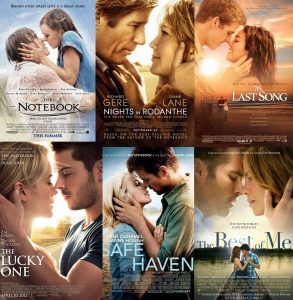I have chosen to criticize Persepolis and Fun Home, two popular contemporary graphic novels, using generic description. Rhetorical scholar Sonja K. Foss defines generic description when “a critic examines various artifacts to see if a genre exists” (184). Persepolis and Fun Home comprise the genre known as “feminist graphic novels” through their shared characteristics and themes.


The genre of graphic novels involves situational requirements, defined by Foss as “the perception of conditions in a situation that call for particular kinds of rhetoric.” Additionally, Foss explains the different kinds of characteristics within these requirements, stating that “substantive characteristics are those that constitute the content of the rhetoric, while stylistic characteristics constitute its form” (179). With regard to graphic novels, accordance with the following situational requirements satisfies acceptance into the genre: 1) picture-dominant pages with accompanying text and 2) an emphasis on the thoroughly-conveyed visual appearance of characters and scenery. The primary substantive characteristic of the genre is the multilayered stories found within the work while its main stylistic characteristic is the successful use of visual and textual elements. Both Persepolis and Fun Home exhibit these traits in their response to storytelling from the perspective of marginalized young women.
Persepolis and Fun Home are both told from the first-person point of view of a young woman as she matures from childhood to adulthood. In each work, the main character faces marginalization, whether it be Marji’s religion and ethnicity in Persepolis or Alison’s sexuality in Fun Home. Both works illustrate the female protagonist undergoing a variety of trauma (terrorism and state-based concerns, suicide of a parent, etc.) and finding coping methods throughout her life. Additionally, through their use of visual elements, readers gain access to how the female protagonists view other characters (particularly those in positions of authority). Lastly, both works highlight the importance of gender equality in contemporary societies. In Fun Home, Alison struggles with the patriarchal dynamic of her household. Similarly, Marji from Persepolis fights for the same rights as her Iranian male counterparts. Thus, the organizing principle of feminist graphic novels is a focus on gender equality conveyed through primarily visual (but also some textual) elements.





